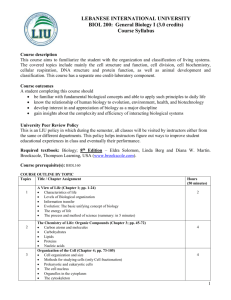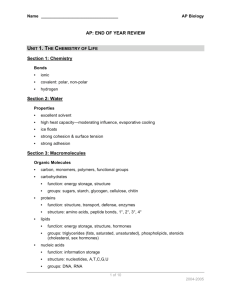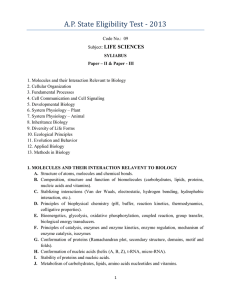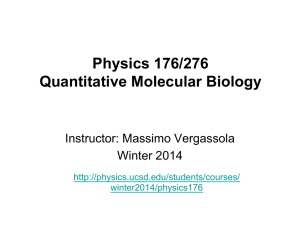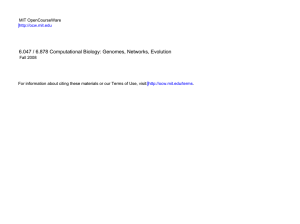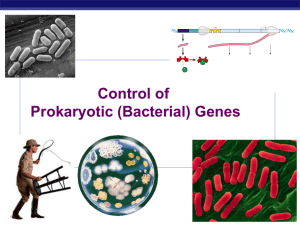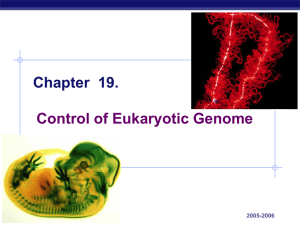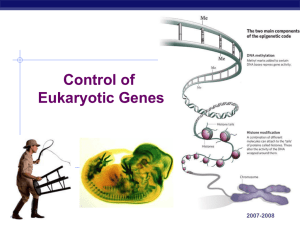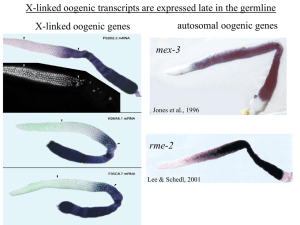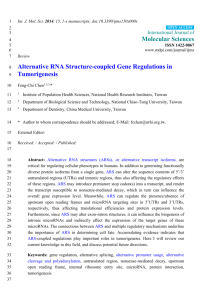CLIFFS NOTES MOLECULAR BIOLOGY READING GUIDE (chapter 9)
advertisement
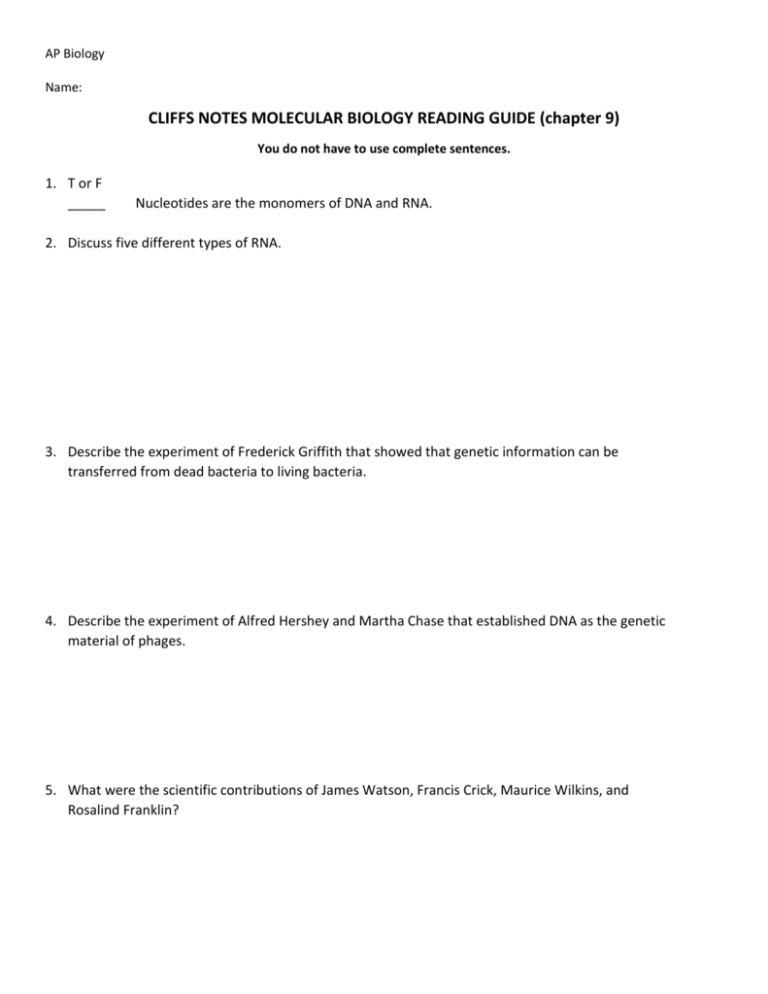
AP Biology Name: CLIFFS NOTES MOLECULAR BIOLOGY READING GUIDE (chapter 9) You do not have to use complete sentences. 1. T or F _____ Nucleotides are the monomers of DNA and RNA. 2. Discuss five different types of RNA. 3. Describe the experiment of Frederick Griffith that showed that genetic information can be transferred from dead bacteria to living bacteria. 4. Describe the experiment of Alfred Hershey and Martha Chase that established DNA as the genetic material of phages. 5. What were the scientific contributions of James Watson, Francis Crick, Maurice Wilkins, and Rosalind Franklin? AP Biology 6. Write a short essay describing the process of DNA replication. In your answer include four enzymes, leading strand, lagging strand, direction of replication, and Okazaki fragments. 7. Define telomerase. 8. Discuss two mechanisms of DNA repair. 9. Describe three steps of transcription. 10. Define: a. 5’cap – b. Poly-A tail – AP Biology c. RNA splicing – d. Alternative RNA splicing – 11. Write a short essay describing steps of translation. 12. Describe two point mutations that affect the structure and function of proteins. 13. List five types of chromosome mutations. 14. Describe viral structure. 15. Compare lytic and lysogenic cycles of viral replication. 16. Define retroviruses. AP Biology 17. Why do some viruses evolve fast? 18. Describe binary fission of prokaryotes. 19. Define plasmids. 20. Discuss three ways of gene transfer in prokaryotes. 21. Define the following terms of regulation prokaryotic gene expression: a) Operon (see p. 136) – b) Promoter – c) Operator – d) Repressor – e) Activator – 22. Write a short essay comparing the lac and trp operons. AP Biology 23. T or F _____ _____ _____ Anabolic pathways are regulated by repressible operons. Catabolic pathways are regulated by inducible operons. Both trp and lac operons are examples of positive regulation. 24. Why is regulation of gene expression more complicated in eukaryotes than in prokaryotes? 25. There are eight common mechanisms of regulation of gene expression in eukaryotes. Describe four of these mechanisms; choose the ones you need to review the most. 26. Define: a. Recombinant DNA – b. Restriction enzymes – c. Gel electrophoresis – 27. Discuss two benefits and two downsides of biotechnology.

